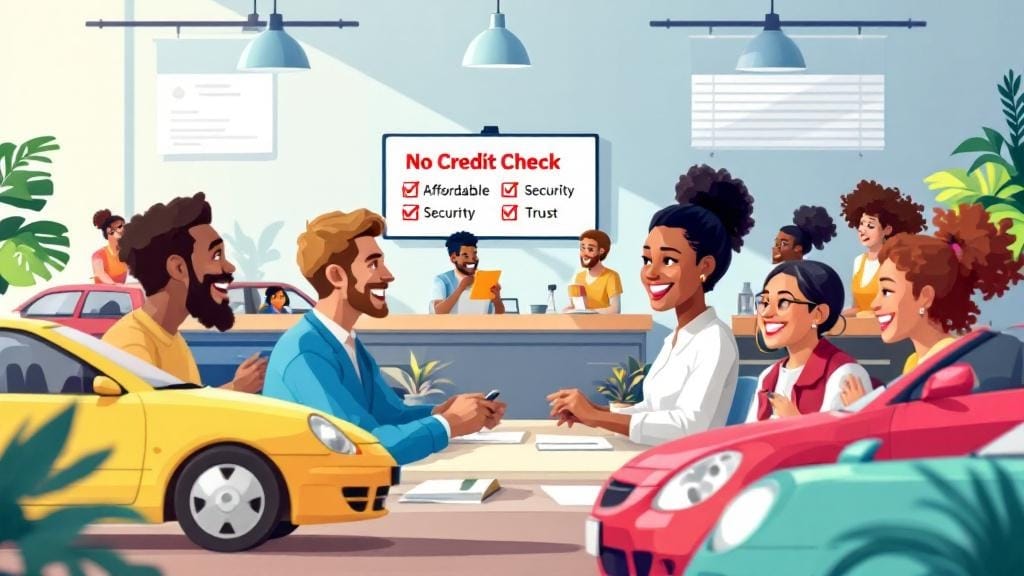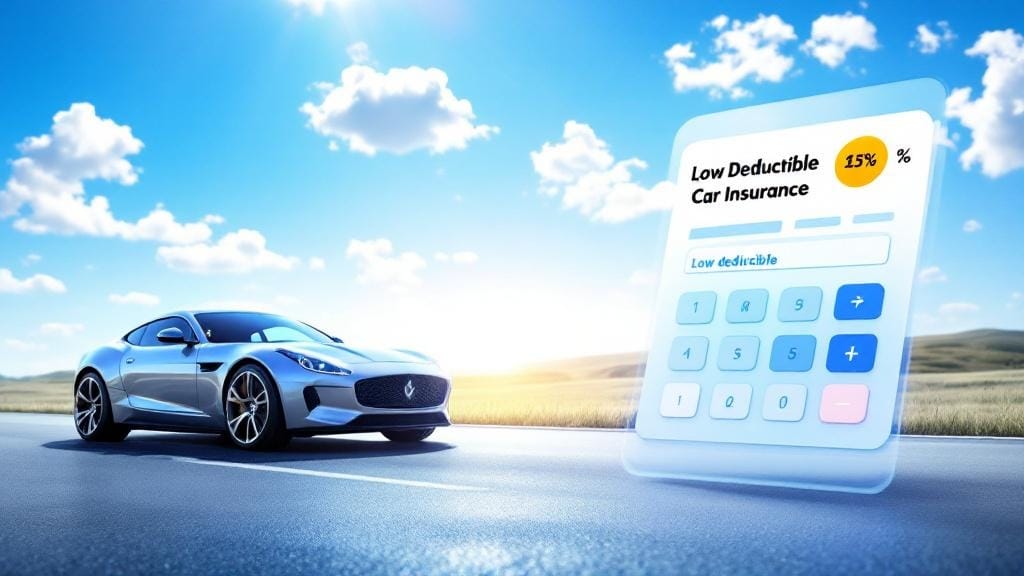Introduction: You’re Not Alone in This
If you’re looking for help for struggling with debt, you’re not alone—and more importantly, there is help out there. Whether you’re overwhelmed by credit card bills, behind on loan payments, or stuck in a cycle of living paycheck to paycheck, there are real solutions that can help you break free from financial hardship.
In this guide, we’ll explore the types of debt help available, from credit counseling to government programs, and how to start taking control of your money again. We’ll also share real-life strategies, budgeting tips, and emergency options that work.
🚨 Understanding the Root Cause of Debt Struggles
Financial hardship doesn’t happen overnight. Job loss, medical emergencies, rising living costs, or unexpected events like divorce can quickly spiral into a personal finance crisis. Here’s what to consider first:
🔍 Identify Your Debt Triggers
Loss of income or employment
Unexpected expenses (medical, auto, home repair)
Poor budgeting or overspending
High-interest credit cards
Divorce or family separation
Student loan burdens
Understanding what got you here helps in finding the right debt relief assistance.
🛠️ What Help for Struggling with Debt Looks Like
There are multiple forms of support for those in financial distress. Let’s break them down.
1. Credit Counseling Services
Credit counseling for debt is often the first step. These nonprofit or accredited agencies offer:
Free or low-cost financial assessments
Debt education and money management workshops
Personalized debt repayment plans
Look for a certified credit counseling agency through organizations like NFCC.org.
2. Debt Management Solutions
If you have multiple unsecured debts (like credit cards), a debt management plan (DMP) could be a smart move. This consolidates your payments into one monthly amount—often with reduced interest rates and waived fees.
Benefits of a DMP:
One fixed monthly payment
Lower interest rates negotiated
Stops collection calls
Faster debt payoff
3. Debt Consolidation Options
Debt consolidation rolls all your unsecured debts into one new loan—ideally with a lower interest rate. You can do this through:
A personal loan
A balance transfer credit card (for good credit)
A home equity loan
📌 Tip: Only consolidate if you can afford the payments and the loan doesn’t extend your debt longer.
4. Emergency Debt Help Programs
In moments of financial crisis, you may qualify for emergency debt help such as:
Government assistance (housing support, utility relief, unemployment aid)
Nonprofit debt help programs offering temporary relief
Forbearance or deferment on federal student loans
Explore local community resources and nonprofits that specialize in financial hardship aid.
💼 Government Help with Debt
If you’re low-income or recently unemployed, you may qualify for government help with debt. These programs may offer temporary support with:
Rent and mortgage relief
Utility and food assistance
Childcare cost coverage
Free or low-cost healthcare
Visit official portals like benefits.gov or your local municipality’s site for updated programs in your area.
💸 Budgeting Help and Money Management Tips
Getting out of debt isn’t just about paying what you owe—it’s about changing your money habits.
H3: Budgeting Basics That Work
Track every rupee (or dollar): Use budgeting apps like Mint or YNAB.
Follow the 50/30/20 rule: 50% needs, 30% wants, 20% savings/debt.
Prioritize high-interest debts: Pay off the ones costing you most first.
Cut unnecessary expenses: Streaming services, dining out, impulse shopping.
H3: Build an Emergency Fund
Start with just ₹500 or $10 a week if that’s all you can manage. Having even a small cushion prevents future debt in emergencies.
🤝 Free Debt Advice from Trusted Sources
There’s no need to pay upfront for help. You can access free debt advice from:
Nonprofit credit counseling agencies
Consumer protection organizations
Local financial empowerment centers
These organizations offer nonjudgmental, practical advice to help you get back on track.
❌ Bankruptcy: Last Resort, Not First Step
If you’ve explored every other option and still can’t manage monthly debt obligations, bankruptcy alternatives might still be available:
Debt settlement (negotiate a reduced amount)
Hardship programs with lenders
Debt forgiveness programs for medical or student loans
Speak with a licensed financial professional before considering bankruptcy—it has serious long-term impacts on your credit and future borrowing.
🙌 Real-Life Example: How Renu Turned Her Debt Around
Renu, a 34-year-old freelance graphic designer in Pune, found herself with over ₹3.5 lakh in credit card debt after her father’s medical expenses and pandemic-related job loss. She reached out to a nonprofit credit counseling agency, which helped her:
Enroll in a debt management plan
Lower her credit card interest from 32% to 9%
Create a budget with realistic saving goals
Today, she’s debt-free and building her emergency savings. “The help was there,” she says. “I just had to ask.”
✅ How to Get Started Today
Taking the first step toward help for struggling with debt can feel overwhelming—but small steps add up. Here’s how to start:
List all your debts with amounts, interest rates, and due dates
Contact a credit counseling agency for a free assessment
Review your budget and cut non-essentials
Consider debt consolidation or a management plan
Apply for government aid if you qualify
Stick to a simple repayment strategy
Celebrate small wins (paid off a card? That’s progress!)
📋 FAQs: Common Questions About Debt Help
1. What is the best way to get financial help with debt?
Start by contacting a credit counseling agency for a free consultation. They’ll evaluate your situation and suggest the best path forward, whether that’s budgeting help, a debt management plan, or consolidation.
2. Are there nonprofit debt help options available?
Yes! Organizations like the National Foundation for Credit Counseling (NFCC) and local community centers offer nonprofit debt help at low or no cost.
3. What if I need emergency debt help fast?
If you’re in immediate danger of eviction, utility shutoff, or food insecurity, contact local government services or 211 (in the US) for emergency debt help and financial hardship resources.
4. Can I get debt support services for free?
Absolutely. Many debt support services—especially through nonprofits—offer free advice, budgeting tools, and payment plans without any upfront fees.
5. What are alternatives to bankruptcy if I can’t pay my debt?
Look into debt settlement, hardship programs, or consolidation loans. These options can reduce what you owe or make it more manageable without damaging your credit as severely as bankruptcy.
6. How can I create a realistic debt repayment plan?
Start by prioritizing debts with the highest interest. Use the avalanche method (highest interest first) or snowball method (smallest debt first) depending on what motivates you more. Set up auto-payments and track progress monthly.
7. Where can I find money management tips for long-term stability?
Look into financial literacy blogs, nonprofit financial advisors, or local workshops. Apps like GoodBudget, PocketGuard, and books like The Total Money Makeover by Dave Ramsey also help.
🔚 Final Thoughts: Take Control—Starting Now
Finding help for struggling with debt isn’t a sign of failure—it’s a step toward freedom. Whether you’re facing short-term hardship or long-term financial stress, there’s support out there. With the right tools, support, and commitment, you can rebuild your finances—one smart decision at a time.
You don’t have to do it alone. Help is out there. Take the first step today.








Comments (0)